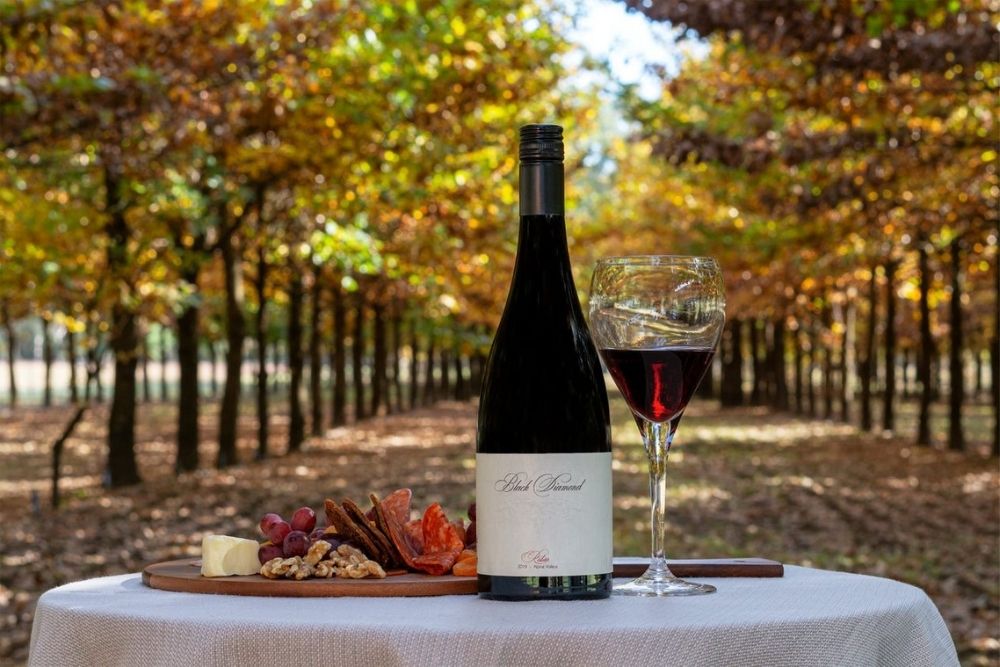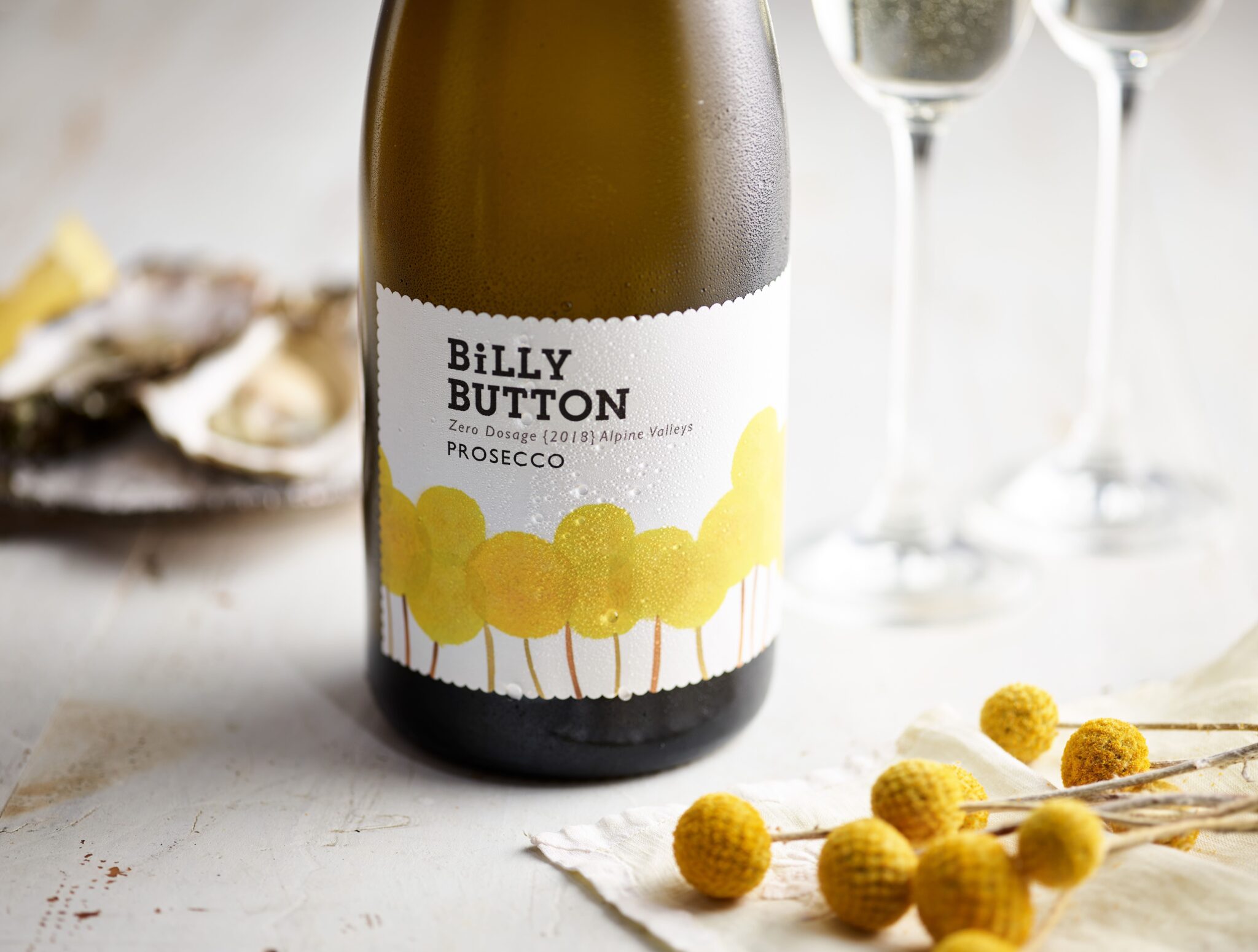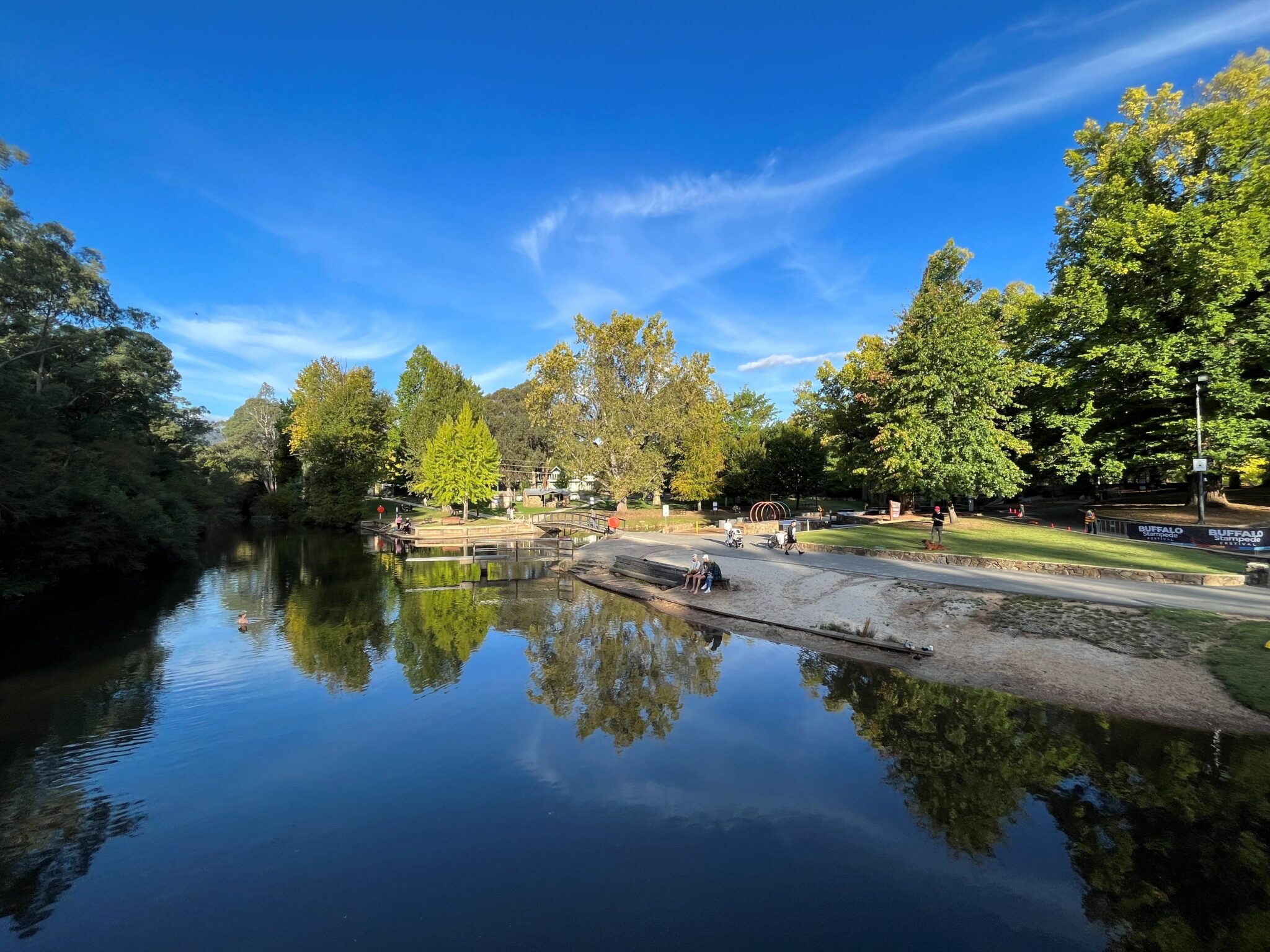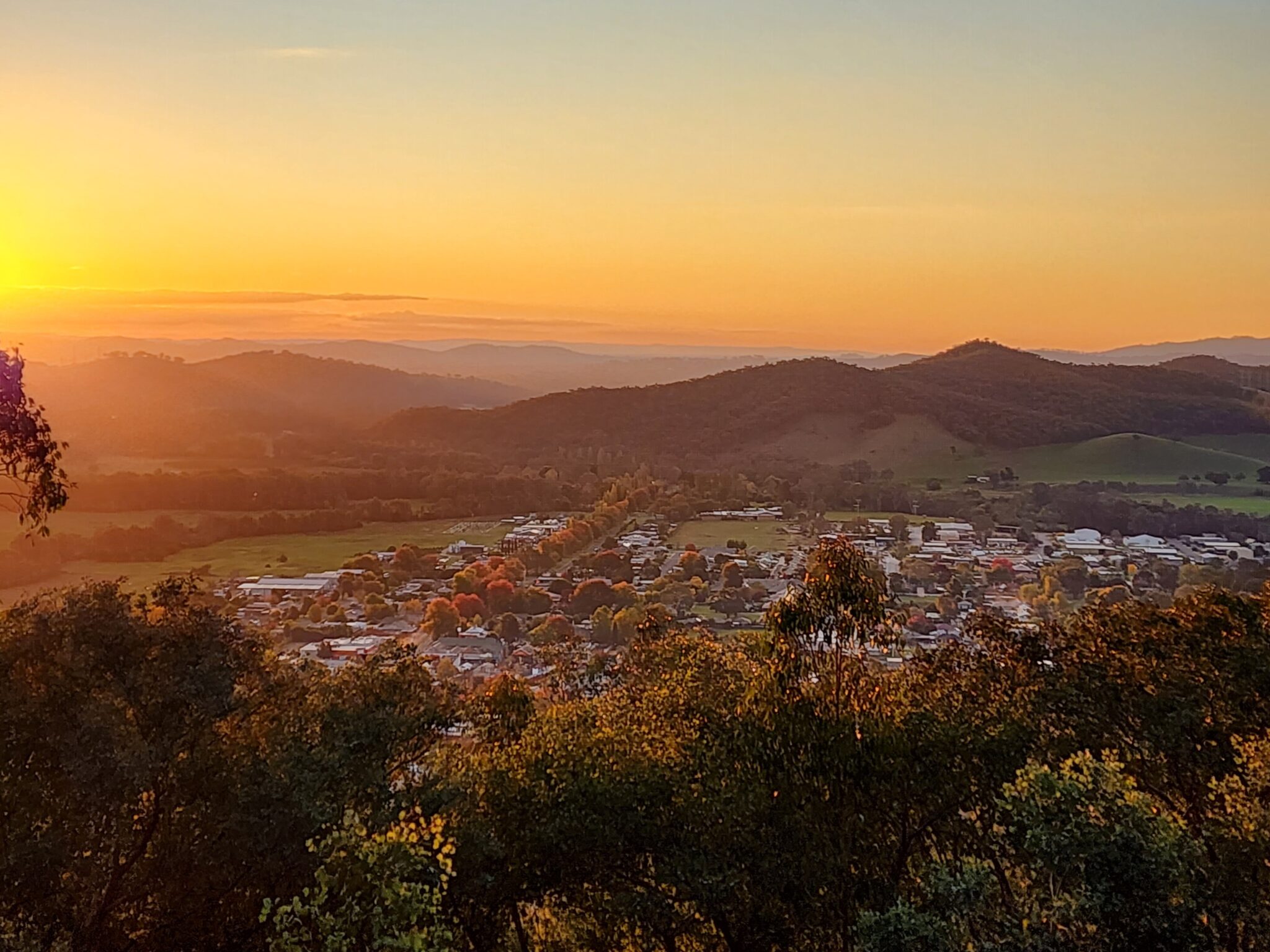Everything you need to know about truffles
Nicknamed black gold or black diamonds, black perigord truffles are one of the most elusive ingredients of the culinary world. Whilst they can be found all over the world, we’re lucky enough to grow some of the finest truffles in the world here in Australia. June to August is truffle season Down Under, where these black fungi are dug up and shaved over dishes to add their unique aroma to anything from creamy risotto to oozy baked cheese.
During truffle season you can try fresh Alpine truffles at our Billy Button Cellar Door, which we source from local family producer Alpine Truffles. Alpine Truffles started in 2011, harvesting their first truffles in 2018. We’re thrilled to be working with them to offer you ‘farm fresh’ truffles at our Billy Button Bright Cellar Door and Myrtleford by pre-order. Read on for our guide to everything you need to know about truffles, then plan a visit and depending on the season come and try these delicious black diamonds for yourself.
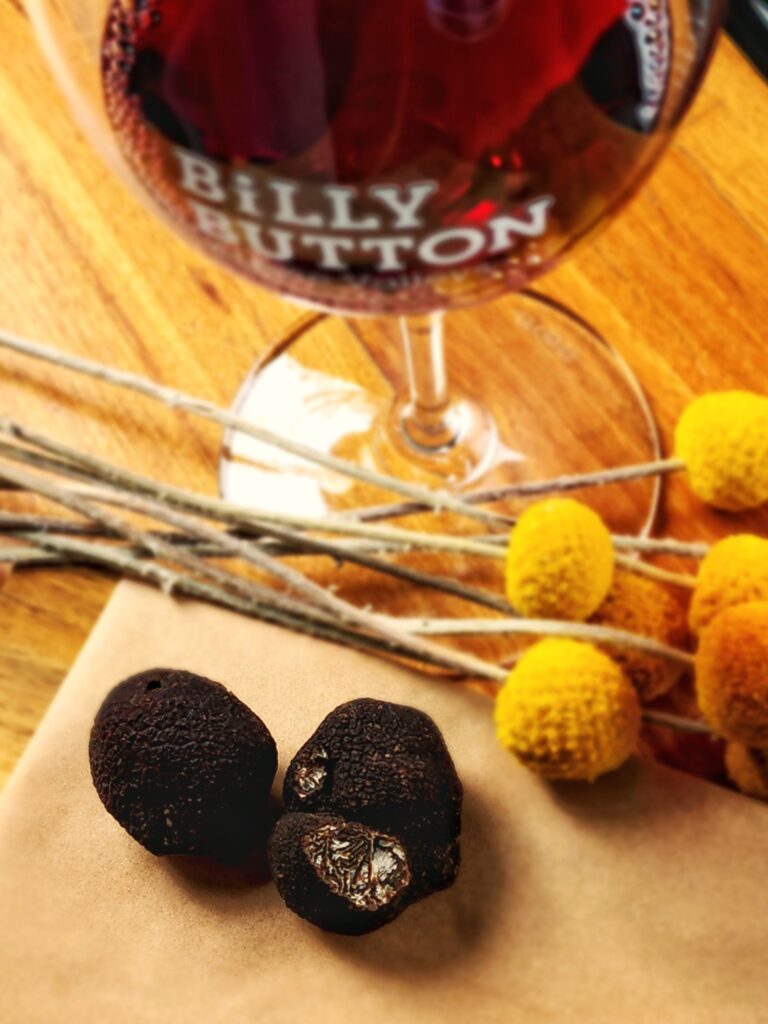
What are truffles?
While technically a mushroom, truffles are nothing like the Swiss brown, oyster or portobello mushrooms you’d pick up at the grocery store. Truffles are a special subterranean fungus that grow at the roots of specific trees such as oak or hazelnut trees in a symbiotic relationship with the host tree. Like wine varieties, they only grow in concentrated areas around the world with very specific climates and are highly seasonal. This is part of what makes them so elusive and coveted, and why they have the nickname black gold and black diamonds. While they are native to Europe, truffles are now grown in other parts of the world, spreading from France and Italy to Australia, New Zealand, China, North Africa, the Middle East, and the USA’s Pacific Northwest.
It’s important to note that while truffles belong to the fungi kingdom, there are some important differences between truffles and the more common types of mushrooms you’d use in the kitchen in say a stir-fry, omelette or pasta dish. Namely, truffles grow underground while mushrooms typically grow above ground. What’s more, truffles don’t taste much like any traditional mushroom, even if both have earthy flavour characteristics, and you consume them very differently to regular mushrooms.
How are truffles grown?
Truffles grow underground among the roots of oak or hazelnut trees that have been inoculated with truffle spores. As the oak or hazelnut trees grow, the truffles simultaneously grow underground by attaching themselves to the tree roots. The truffles and the host trees are in a symbiotic relationship, during which the truffles create a mycorrhizal network that helps the tree get nourishing phosphorous from the soil, while the tree roots feed glucose to the growing truffles.
When it is time to harvest the elusive truffles, farmers use specially trained dogs or pigs to sniff out the distinct truffle aromas from beneath the soil. This is known as truffle hunting because the truffles are not visible to the human eye.
Digging up truffles is a delicate task that must be done by hand, as the truffle hunter must take care not to damage the truffle as they unearth it.
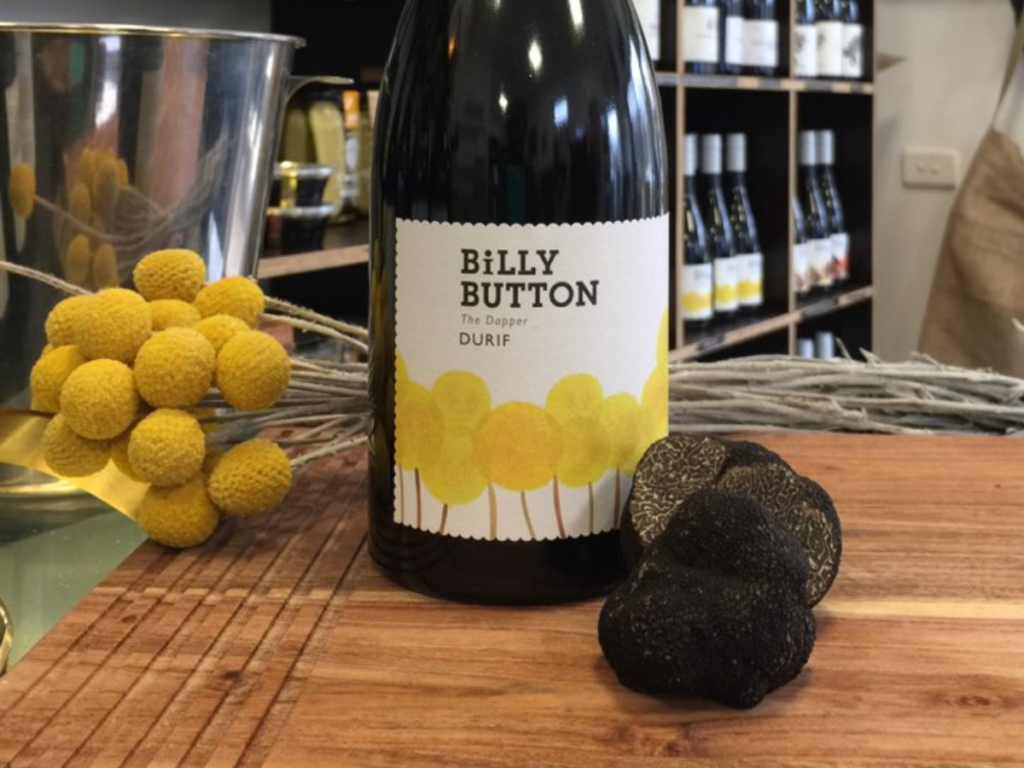
What’s the difference between white and black truffles?
There are hundreds of known truffle species. Of these, not many are edible, and out of the ones that are edible, there are two that dominate plates: black truffles and white truffles.
Black truffles are also known as winter truffles as they are harvested during winter, while white truffles are harvested slightly earlier during the European autumn and early winter.
The main difference between the two varieties is their regionality. Black truffles come from Perigord in France, but are now grown in other parts of Europe, as well as Australia and the United States. The key to growing them out of their native land is the type of trees that the truffle grows around: oak, hazelnut, chestnut, elm, and poplar.
White truffles on the other hand have remained stubbornly regional despite attempts to grow them in other parts of the world. They’re found exclusively in Piedmont and Tuscany in northern Italy, and this growing location is where white truffles get the other common names of Alba truffle and Piedmont truffle.
When it comes to the flavour differences between black and white truffles, food and wine writer Nickolaus Hines weighs them up:
“White truffles are smooth with a slight yellow tinge. They’re the more pungent of the two, with a heady musk aroma and a garlicky flavour. Both the taste and smell of white truffles can easily overwhelm a dish, so they’re usually micro planed sparingly over pasta or used as a garnish.
Black truffles have a rough, rigid exterior, similar to tree bark. Their flavour is more subtle than white truffles, accompanied by an earthy aroma. The taste is similar to the aroma, with some slight nutty notes. Black truffles typically blend a little better into sauces.”
What are Australian truffles?
Here in Australia, we produce the French black truffle or Perigord truffle (tuber melanosporum) grown in association with oak trees and hazelnut trees. These black winter truffles are produced around the country, with key growing sites including Manjimup in Western Australia; Northern Tasmania; the Yarra Valley, right here in the Alpine Valleys, the Otways and parts of Gippsland in Victoria; the Australian Capital Territory and in the New South Wales Highlands from Jindabyne to Moss Vale and out to Oberon, Bathurst and Orange.
From Australia’s first truffle, harvested in Tasmania in 1999, the annual harvest has grown to around 14 tonnes. The AFR reports that Australia is now one of the largest truffle producers in the world, with up to 90 per cent of Australia’s harvest of black truffles exported to top tables in the United States, Japan, Hong Kong, Bangkok, Europe and the Middle East.
When are truffles in season?
The Australian truffle season runs during winter from June to August. During truffle season, truffles from local producer Alpine Truffles will be available for purchase again from our Billy Button Cellar Door.
Alpine Truffles are family producers of fine quality French Black Perigord Truffles in the Alpine Valley of North East Victoria. It’s ideal growing conditions here – located on the bank of the Ovens River and at the base of the Victorian Alps, the Alpine Valley surrounds with pure mountain air, clear water and the cool climate truffles require. The trees are carefully nurtured, and conditions monitored to provide them with the optimum conditions required to produce truffles with a full aroma.
You can buy fresh truffle at certain times of the year from our Cellar Door deli, which you can shave over pasta, risotto, hot buttered toast or even scrambled eggs for the ultimate decadent breakfast. We only sell the truffle when it is ‘farm fresh’ as it loses its aroma as it ages. This aroma is behind the appeal of truffles. The fresher the truffle, the more powerful the flavour. So, for the best truffle tasting, it’s important to sample the fungi as close to where it was dug up as quickly as possible.
Taola and Mark Baldwin from Alpine Truffles supply us with fresh truffles harvested with the help of their Golden Retriever Charli, so you can take it home and create your own masterpiece. Alpine Truffles replace the truffle at our Cellar Door frequently, to ensure you only taste the truffle at its peak.
“The shelf life on a truffle is two weeks to ensure the freshness and intense aroma. After that it starts to lose its flavour a little bit, so we make sure the truffles in the cellar door are farm fresh. Use the truffle straight away, and keep no longer than a week to enjoy the intense flavour of the truffle,” advises Taola.
The Baldwins are passionate about the freshness and quality of their black Perigord truffles. “We can harvest to order, delivering customers a truffle that’s just half an hour out of the ground. Because it’s such an unknown product we want people to taste it as fresh as possible,” says Taola. “It’s totally different to the synthetic truffle oils you find in supermarkets, which contain no actual truffle!”
What do truffles taste like?
Truffles have a delicate flavour that can be as elusive to describe as they are to unearth. They have an earthy, musky flavour that can be likened to wet earth, game meat and even a leather jacket. There are sweet herbaceous notes that might be described as wet autumn foliage, burnt butter, hard herbs and even gas. They have the deeply savoury flavour of black olives, the earthy meatiness of mushrooms and a richness that could be described as nutty or oaky.
Like wine grapes, truffles from different regions have different flavours, due to the impact of the soil. Taola from Alpine Truffles explains Australia’s unique truffle terroir.
“The Victorian truffle tends to be sweeter and earthier, Tasmanian truffles taste of oak, NSW truffles taste smoky and robust, and WA truffles are strong and rich.”
On top of this, the Baldwin’s have noticed the flavour intensity of their truffles increasing with each harvest. “From the first harvest to our latest harvest, we have noticed the aroma of our truffles is more intense; it’s sweeter,” explains Taola. “Towards harvest, they go from no aroma to a sweet earthy aroma. We can walk past a tree and go ‘wow there’s something there’. Our dog Charli can pick up a truffle from 30m away and track her way to a particular tree. It’s incredible!”
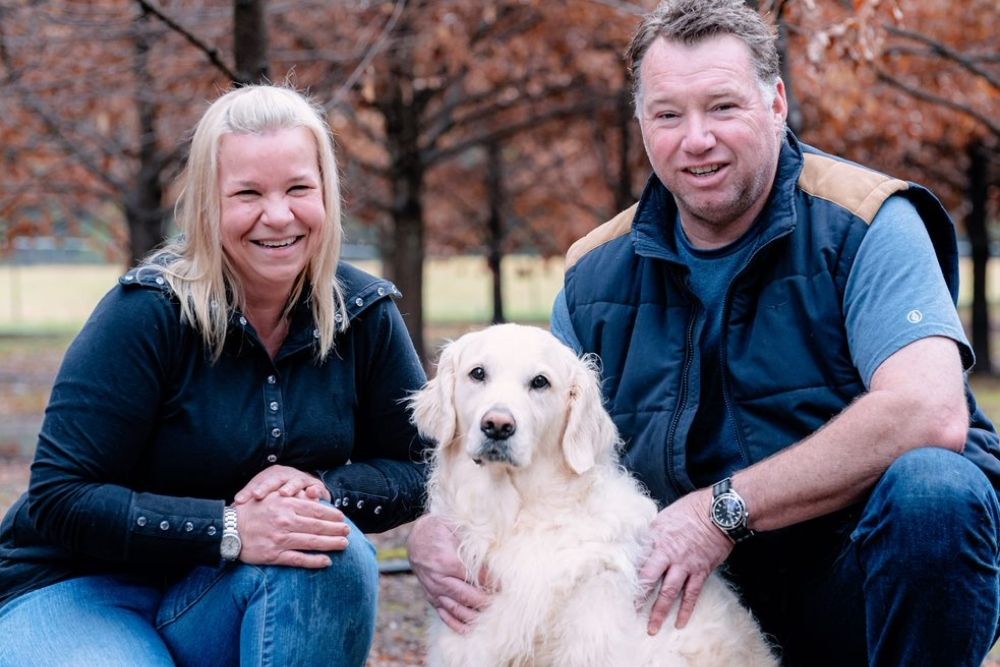
How to cook with truffles
Truffle pairs well with cheese, eggs and dairy. You can place the raw truffle in a container with whole eggs to infuse them before scrambling for a luxe brunch dish. It also works well with simple flavoured carriers such as pasta, polenta, risotto and potatoes so you can enjoy the full flavour of the truffle. Simply sprinkle freshly shaved truffle over a plate of pasta, risotto, golden roast potatoes or baked polenta fries. The flavour of the truffle is all about capturing the aroma, so do not cook the truffle, rather shave or sprinkle it over a dish just before eating (the heat of the food will help release the aroma of the truffle).
When it comes to enjoying truffles, simple is often best to savour the unique aromas of the truffle. We love topping hot buttered toast with in-season truffle or adding it to a decadent toastie or quesadilla (as they do at Sydney wine bar Wine Library) made with gruyere, camembert, brie, Taleggio or good quality cheddar.
Look out for Alpine Truffles new pure freeze-dried truffle powders and truffle salts that will be launched by the end of the season. These are pure products that contain real truffle and no synthetic ‘truffle’ like supermarket oils and salts.
Truffle & Wine Pairing
We have teamed up with Alpine Truffles to create a wine to drink specifically with truffles. We’ve taken the intense aromas of the truffle and paired it with a Nebbiolo – the tannins and acidity of the wine pair well with the sweet, earthy truffle. In the kitchen truffles are known as the black diamond, so you can find this Nebbiolo under the label Black Diamond Wines, also available at our Bright Cellar Door.
If you are looking for a white wine, truffle works well with Friulano. Try our Billy Button Silver Xenica Friulano or Silver Xenica Pecorino.
“Billy Button were the first in Bright to bring on our truffles and each year we do more with the team… stocking their cellar door with fresh Victorian truffle, creating wine and truffle pairings. Stay tuned for the Black Diamond white wine we are creating!” says Taola.
Visit us!
Alpine Truffles are available at our Bright Cellar Door and available to order at Myrtleford from June to August. Visit us during truffle season to stock up on fresh truffle and let our friendly Cellar Door teams share their truffle and wine pairings to take your experience to the next level. Click here to plan your visit.


